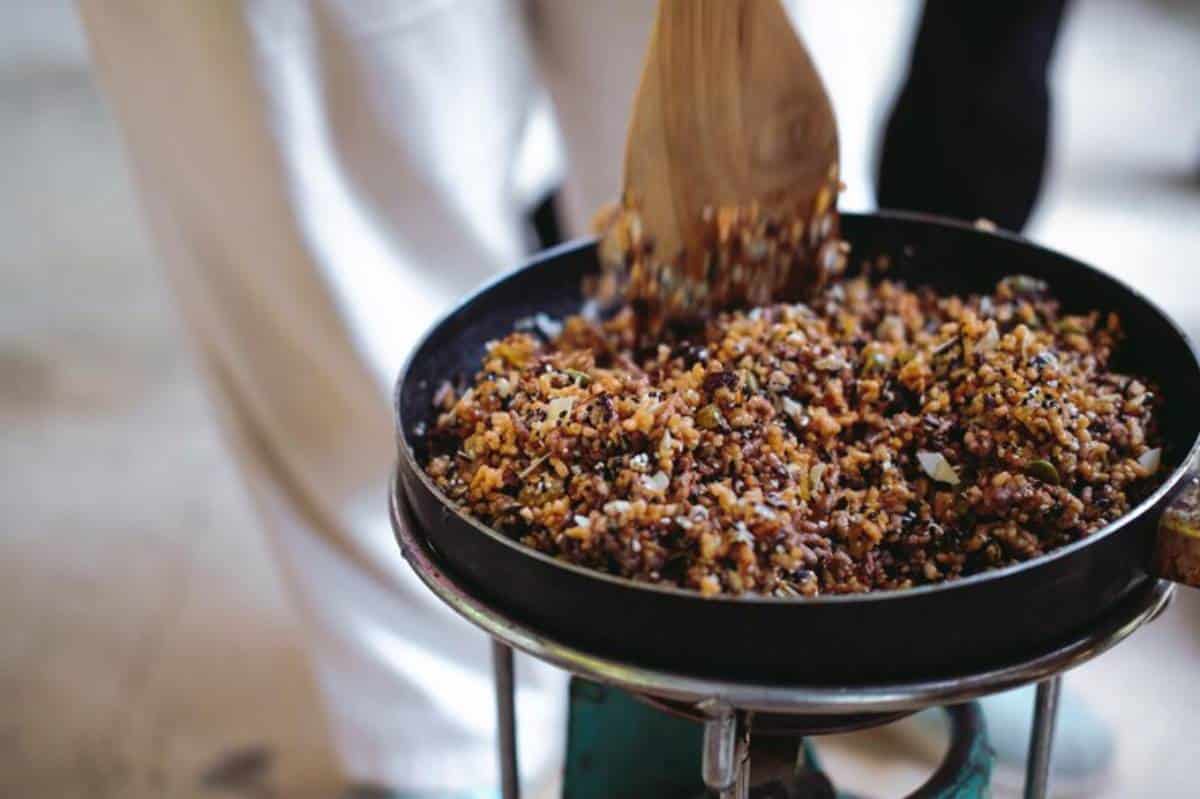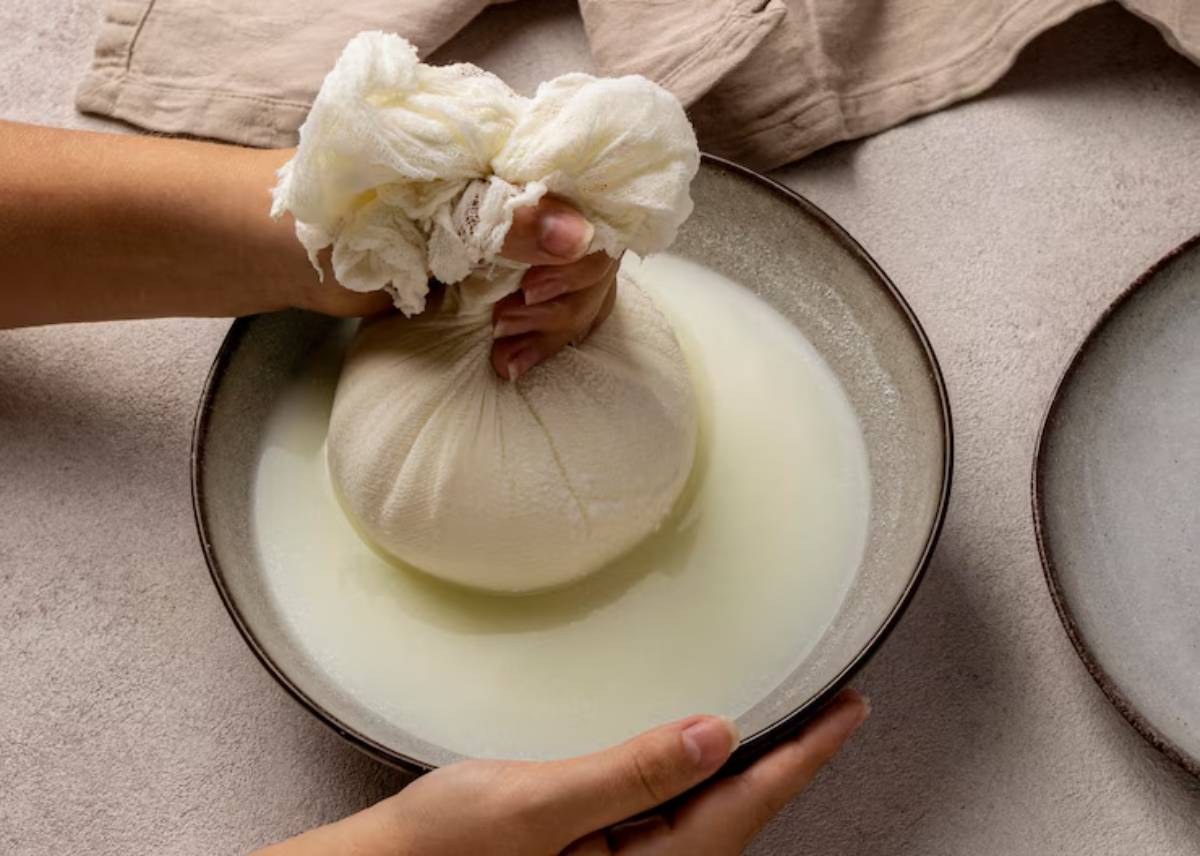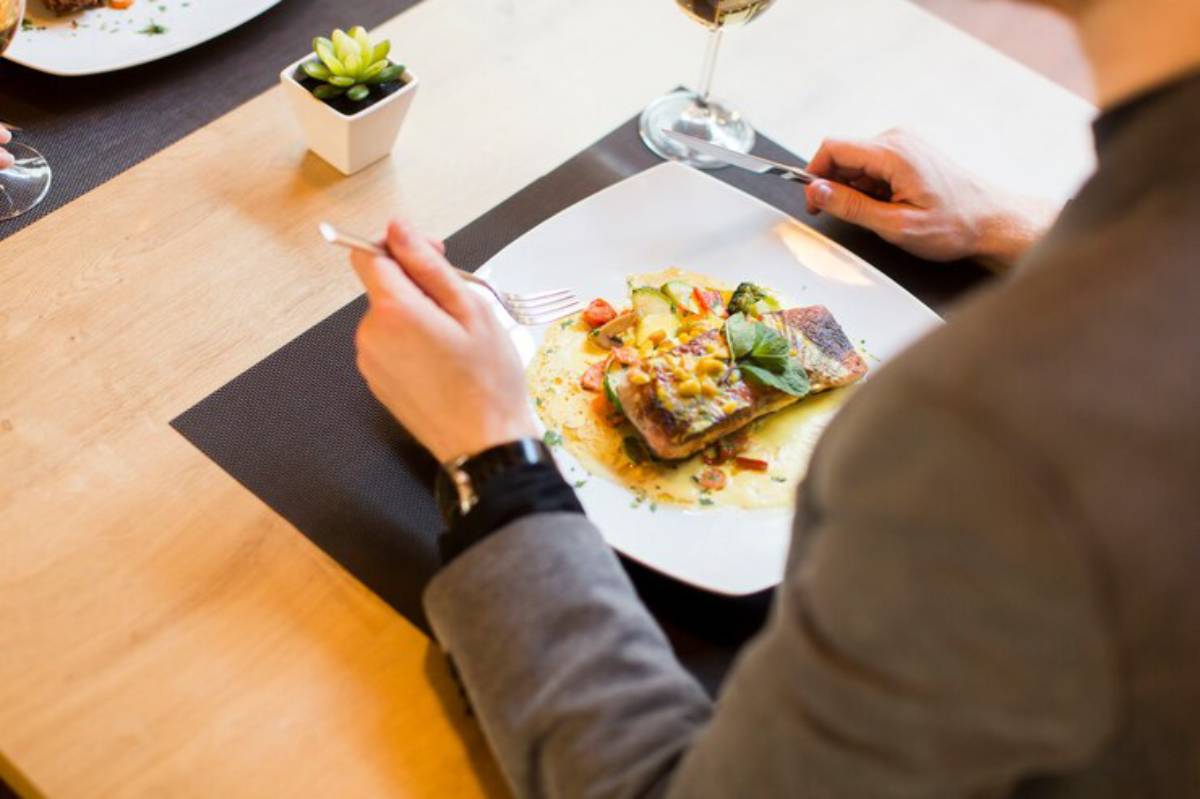
How to Make a Gourmet Tasting Menu
Why a Tasting Menu Elevates Your Dinner Game
Hosting friends or family for a dinner party is always a joy, but have you ever considered creating a restaurant-style experience in your own kitchen? A multi-course tasting menu is more than just a meal. It’s a curated journey through taste, presentation, and pacing—designed to surprise, delight, and linger in the memory.
A home chef named Arjun once transformed his dining room into a pop-up bistro for his anniversary, crafting six small, intentional courses that moved from citrusy to savoury to sweet. The result? A truly memorable evening—and no leftovers. That’s the power of a home tasting menu.
In this guide, you’ll learn how to plan, organise, and execute a gourmet tasting menu that would make any sommelier nod in approval.
Understanding the Core of a Multi-Course Tasting Menu
Tasting menus originate from fine dining restaurants where chefs showcase creativity and culinary range in a series of small, artful dishes. At home, the principle remains the same: build a structured flow of complementary flavours and textures across several courses.
What Makes It a “Tasting Menu”?
- Portion Control: Small servings allow for multiple courses without overwhelming the guest.
- Pacing: Each course is timed and served to encourage conversation and mindful eating.
- Theme & Narrative: Menus often follow a culinary story—by region, season, or inspiration.
Expert Insight: According to The Art of Menu Engineering (Culinary Journal, 2024), tasting menus perform best when limited to 5–8 well-planned courses.
Quick Guide: Gourmet Tasting Menu at Home
- Choose a cohesive theme (e.g., Italian summer, seasonal harvest, umami journey)
- Plan 5–7 courses balancing texture, colour, and temperature
- Prep in advance: sauces, garnishes, proteins
- Plate intentionally—less is more
- Serve with pace: 10–15 minutes between courses
- Pair drinks to enhance each phase
Step-by-Step Guide: Crafting Your Home Tasting Menu
1. Choose Your Theme and Structure
Start with a clear concept. A theme helps guide ingredient selection, plating, and pacing.
Think:
- A single ingredient highlighted across dishes (e.g., beetroot)
- Regional cuisine (e.g., Provence, Kyoto, Baja)
- Seasonal focus (e.g., early autumn vegetables)
Pro Tip: Sketch your course progression like a playlist—build up, peak, then ease into dessert.
2. Build the Menu Flow
A classic 6-course tasting might look like:
- Amuse-bouche: One bite of pure flavour
- Cold starter: E.g., ceviche, gazpacho shot
- Warm starter: Mini risotto or soup
- Main protein: Fish or meat in a refined preparation
- Pre-dessert or palate cleanser: Sorbet, citrus foam
- Dessert: Something light, seasonal, and surprising
Important: Alternate cooking techniques (raw, poached, roasted) to keep the experience dynamic.
3. Mind the Portions
Use smaller plates and focus on flavour density, not volume. Each dish should be 2–4 bites max.
Secret Tip: Serving fewer bites forces attention on detail, and guests love it.
4. Prep, Prep, Prep
Tasting menus require logistical discipline:
- Batch sauces and dressings
- Pre-portion proteins
- Store components in labelled containers
Warning: Don’t leave garnishes or final touches for the last second unless you’ve rehearsed.
5. Plating and Presentation
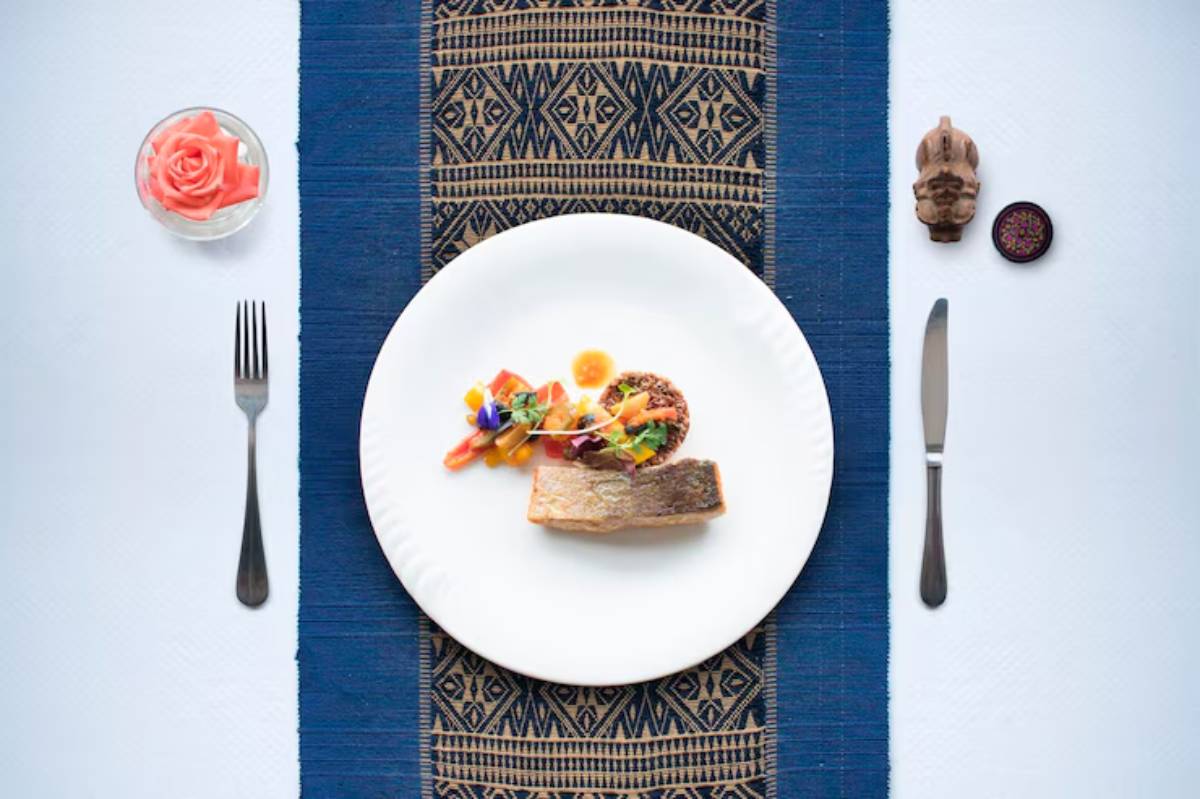
Visual flow matters. Think about height, colour contrast, and negative space. Use tweezers, squeeze bottles, and small spoons for precision.
Pro Tip: White plates let ingredients shine. Use black or stoneware sparingly for drama.
6. Timing and Service
Serve each course with care. Ten minutes between dishes lets guests reset their palates and builds anticipation.
- Set timers to help
- Use warming drawers or gentle ovens to hold food if needed
Important: Enlist a helper if you’re managing more than five guests.
Best Practices & Real-World Insights
Match Your Ambience to the Menu
If your tasting menu is modern minimalist, set the table with clean lines and glassware. If rustic, go for candles, herbs, or reclaimed wood boards.
Wine and Beverage Pairing
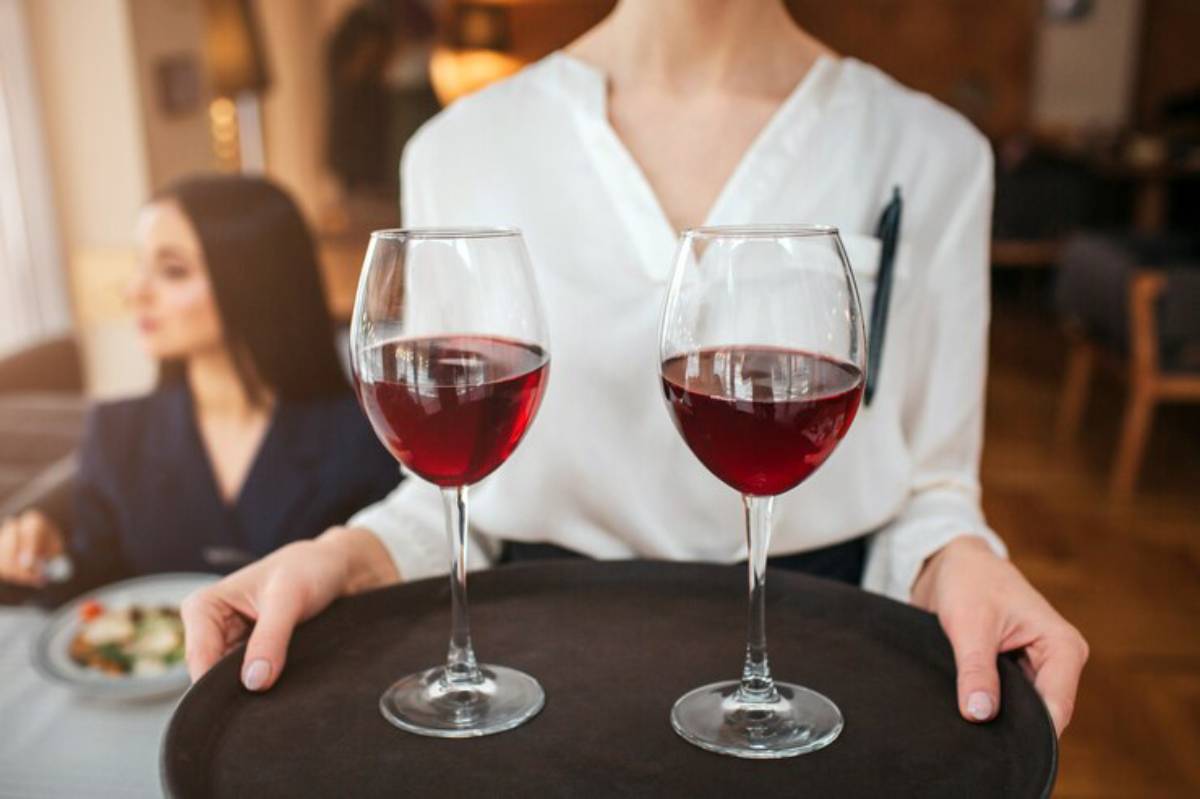
Don’t overthink it.
Three good wines can cover six courses:
- White or bubbly for starters
- Red for mains
- Dessert wine or tea to finish
Use Contrasts and Surprises
Mix hot and cold, sweet and salty. Add a pickle or foam. Or go classic—finish with a reinvented comfort dish like deconstructed apple crumble.
If you’re building the meal from pantry staples, check out our essential guide on the top must-have ingredients for a gourmet kitchen.
FAQs
How many courses are ideal for a home tasting menu?
Five to seven is the sweet spot—enough to impress without exhausting your guests.
Can I do a tasting menu for vegetarians?
Absolutely. Root vegetables, legumes, nuts, and grains offer endless variety and elegance.
Do I need wine pairings for each course?
Not necessary. Choose two or three versatile wines or offer a non-alcoholic pairing like mocktails or herbal infusions.
What’s the best way to practice before serving guests?
Try one course at a time on separate days. Then do a full run-through before the big night.
Is it OK to serve cold or room temperature dishes?
Yes, especially for early courses. It gives you breathing room and adds textural variety.
How do I introduce each course during a tasting menu?
Briefly explain the key ingredients or inspiration behind each dish—keep it simple and engaging to enhance the dining experience.
Can I use store-bought items in a tasting menu?
Yes, high-quality store-bought components like sauces, pastry shells, or charcuterie can streamline prep without compromising elegance.
What’s a good timeline for preparing a tasting menu?
Start planning a week in advance, do ingredient prep a day or two before, and aim to finish cooking 30–60 minutes before guests arrive.
How do I handle dietary restrictions in a tasting menu?
Design courses that can be easily modified or offer two versions of select dishes to accommodate different needs without altering the theme.
Is it acceptable to reuse ingredients across courses?
Yes, just present them in different textures or forms—like roasted beetroot in a starter and pickled beetroot in a salad.
Ready to Impress with Your Own Tasting Menu?
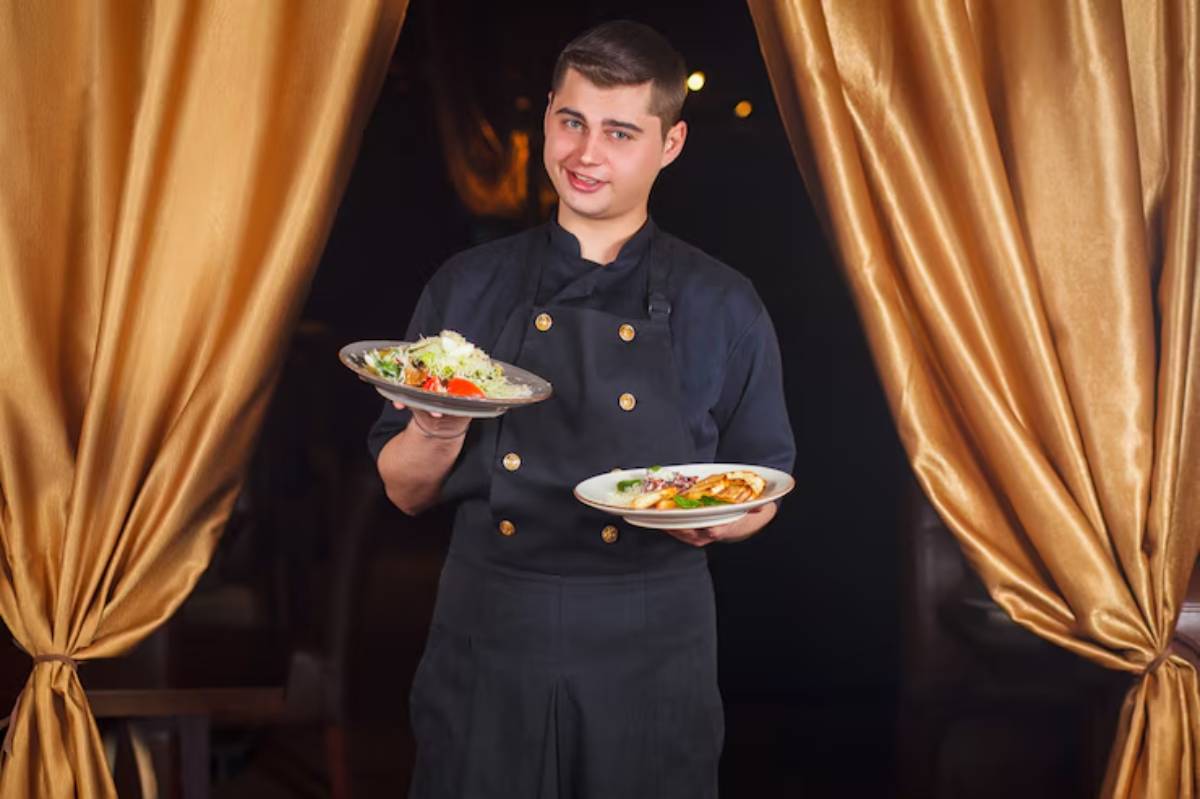
Creating a home tasting menu is one of the most enjoyable and rewarding ways to share your love of food. It lets you tell a story through courses, play with presentation, and show attention to detail that few dinner parties ever attempt.
With a solid plan, thoughtful progression, and just a bit of flair, your multi-course tasting menu can rival fine dining establishments.
If you’re ready to elevate the entire experience, explore our tips for how to host a restaurant-style dinner at home and complete your gourmet dinner planning with style.
Start simple, stay focused, and let the flavours shine—your guests will remember it long after the final bite.

